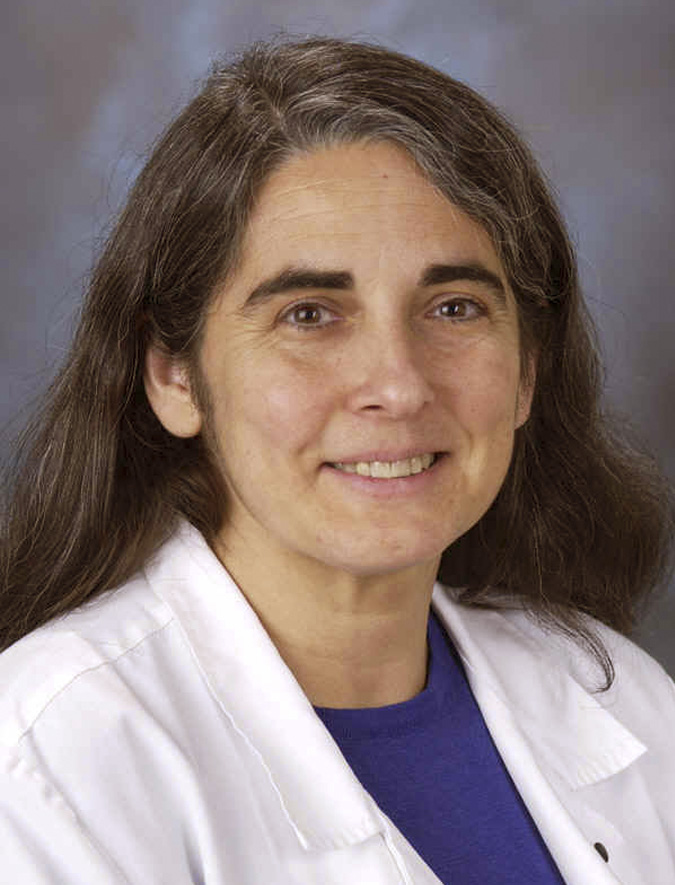Pulmonary immune changes early after laparoscopic antireflux surgery in lung transplant patients with gastroesophageal reflux disease. Journal Article
Local Library Link: Find It @ Loyola
| Authors: | Fisichella, P. M.; Davis, C. S.; Lowery, E; Pittman, M.; Gagermeier, J.; Love, R. B.; Kovacs, E. J. |
| Article Title: | Pulmonary immune changes early after laparoscopic antireflux surgery in lung transplant patients with gastroesophageal reflux disease. |
| Abstract: | BACKGROUND: The biologic mechanisms by which laparoscopic antireflux surgery (LARS) might influence the inflammatory process leading to bronchiolitis obliterans syndrome are unknown. We hypothesized that LARS alters the pulmonary immune profile in lung transplant patients with gastroesophageal reflux disease. METHODS: In 8 lung transplant patients with gastroesophageal reflux disease, we quantified and compared the pulmonary leukocyte differential and the concentration of inflammatory mediators in the bronchoalveolar lavage fluid (BALF) 4 weeks before LARS, 4 weeks after LARS, and 12 months after lung transplantation. Freedom from bronchiolitis obliterans syndrome (graded 1-3 according to the International Society of Heart and Lung Transplantation guidelines), forced expiratory volume in 1 second trends, and survival were also examined. RESULTS: At 4 weeks after LARS, the percentages of neutrophils and lymphocytes in the BALF were reduced (from 6.6% to 2.8%, P = 0.049, and from 10.4% to 2.4%, P = 0.163, respectively). The percentage of macrophages increased (from 74.8% to 94.6%, P = 0.077). Finally, the BALF concentration of myeloperoxide and interleukin-1 tended to decrease (from 2109 to 1033 U/mg, P = 0.063, and from 4.1 to 0 pg/mg protein, P = 0.031, respectively), and the concentrations of interleukin-13 and interferon- tended to increase (from 7.6 to 30.4 pg/mg protein, P = 0.078 and from 0 to 159.5 pg/mg protein, P = 0.031, respectively). These trends were typically similar at 12 months after transplantation. At a mean follow-up of 19.7 months, the survival rate was 75% and the freedom from bronchiolitis obliterans syndrome was 75%. Overall, the forced expiratory volume in 1 second remained stable during the first year after transplantation. CONCLUSIONS: Our preliminary study has demonstrated that LARS can restore the physiologic balance of pulmonary leukocyte populations and that the BALF concentration of pro-inflammatory mediators is altered early after LARS. These results suggest that LARS could modulate the pulmonary inflammatory milieu in lung transplant patients with gastroesophageal reflux disease. Copyright 2012 Elsevier Inc. All rights reserved. |
| Journal Title: | Journal of Surgical Research |
| Volume: | 177 |
| Issue: | 2 |
| ISSN: | 0022-4804 |
| Publisher: | Unknown |
| Journal Place: | United States |
| Date Published: | 2012 |
| Start Page: | e65 |
| End Page: | 73 |
| Language: | English |
| DOI/URL: |
|
| Notes: | ID: 12613; Status: MEDLINE; Publishing Model: Journal available in: Print-Electronic Citation processed from: Internet; NLM Journal Code: k7b, 0376340 |
LUC Authors
Related LUC Article



